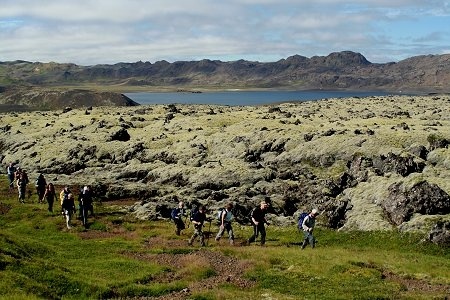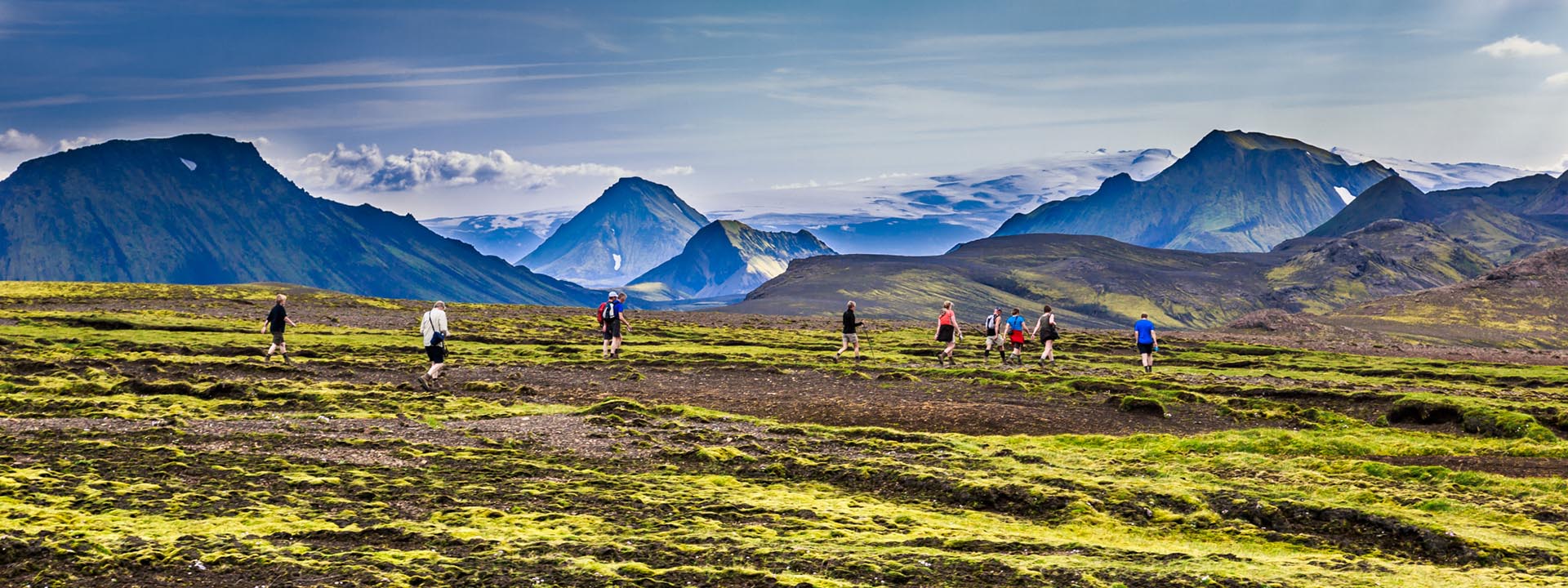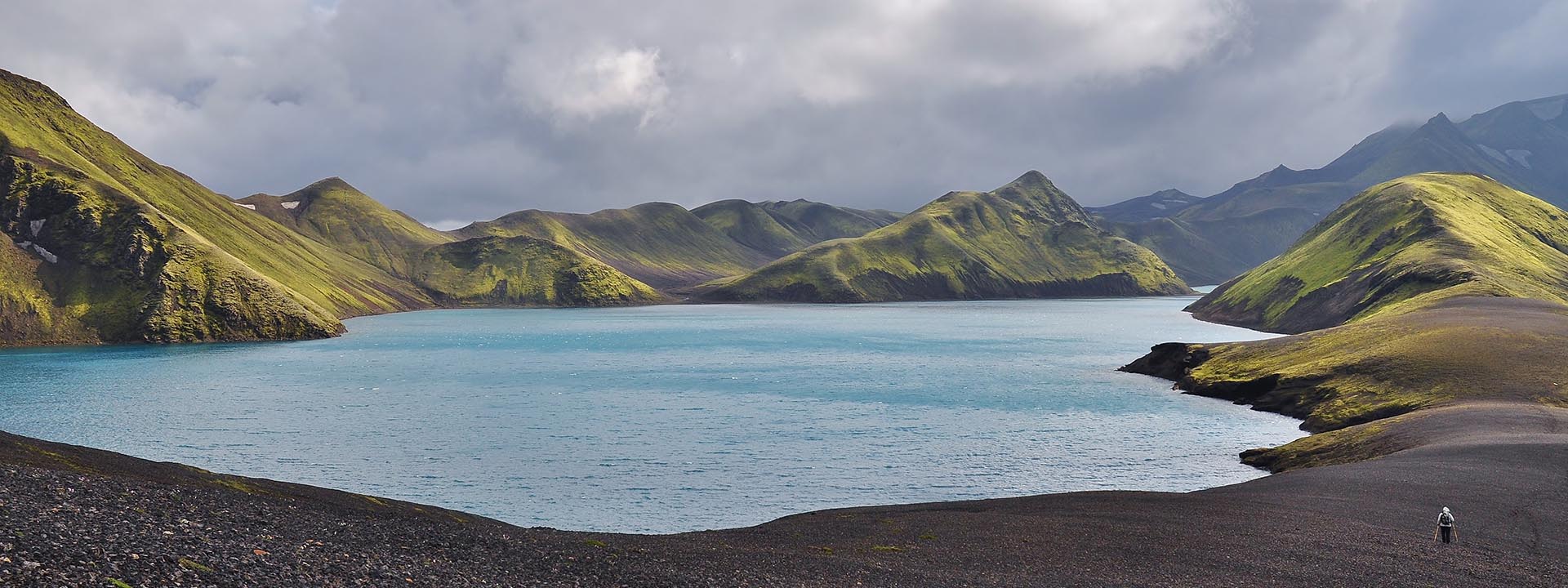The number of tourists has increased by an average of about 6% yearly since 2000, and over 15% in 2011 and 2012. The number of foreign visitors to date is about double the population number in Iceland and tourism now counts for about 20% of the export value of the country.
Nature is the main asset for tourism in Iceland as over 80% of foreign visitors mention nature as the reason for visiting the country. At the same time, Icelandic nature is highly vulnerable to an increasing number of tourists, especially areas such as moss rich landscapes, geothermal areas and many areas in the highlands.
Signs of degradation
There are already signs of degradation of some frequently visited areas in Iceland, such as parts of the Golden Circle, Goðafoss waterfall, Dimmuborgir by Lake Mývatn and the geothermal area at Hverarönd, Seljalandsfoss waterfall and others.
Research on the impacts of tourism seriously lacking
Research should form the backbone of decisions regarding infrastructure buildup, restrictions of access, implementation of fees etc. However, research on the impacts of tourists on the natural environment is seriously lacking in Iceland and needs to be increased. Only 0.5% of the total amount of governmental support to research into the main industries goes to tourism. Landvernd has repeatedly drawn attention to this.
Important to act immediately
The task ahead is to try to accommodate the different types and needs of an ever-increasing number of tourists, from those who prefer the crude and pristine environment to those who seek a high level of service. This increase may not take place at the cost of nature. People come to Iceland to enjoy nature. We need to make sure that future generations can also do that. To accomplish this we need to:
i) close certain areas, either periodically within the calendar year and depending on season, or more permanently until nature in severely degraded areas has recovered
ii) restrict the number of visitors to certain areas
iii) build a better infrastructure in areas where we see that fit
iv) consider carefully to start charging money for access to nature
All this needs to go hand in hand with research and adaptive management with the precautionary principle in mind, but it is important to start this planning right away.
Seminars on tourism in geothermal areas
Landvernd has drawn attention to the vulnerability of geothermal areas to trampling of tourists through its project Nature Conservation and Sustainable Tourism in Geothermal Areas. The association organized two seminars on the subject in May 2013, one in the Lake Mývatn area and the other in Reykjavík.




